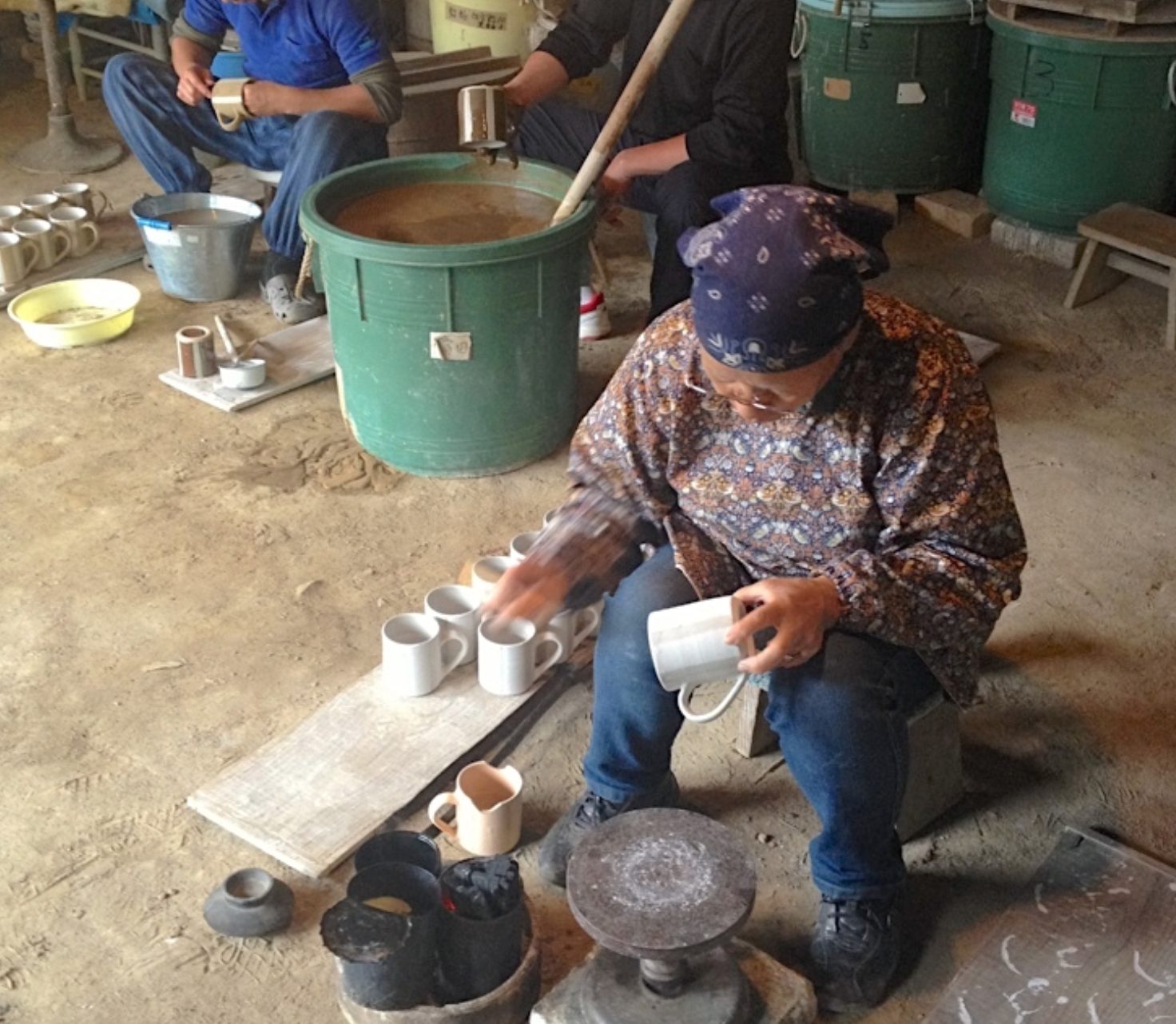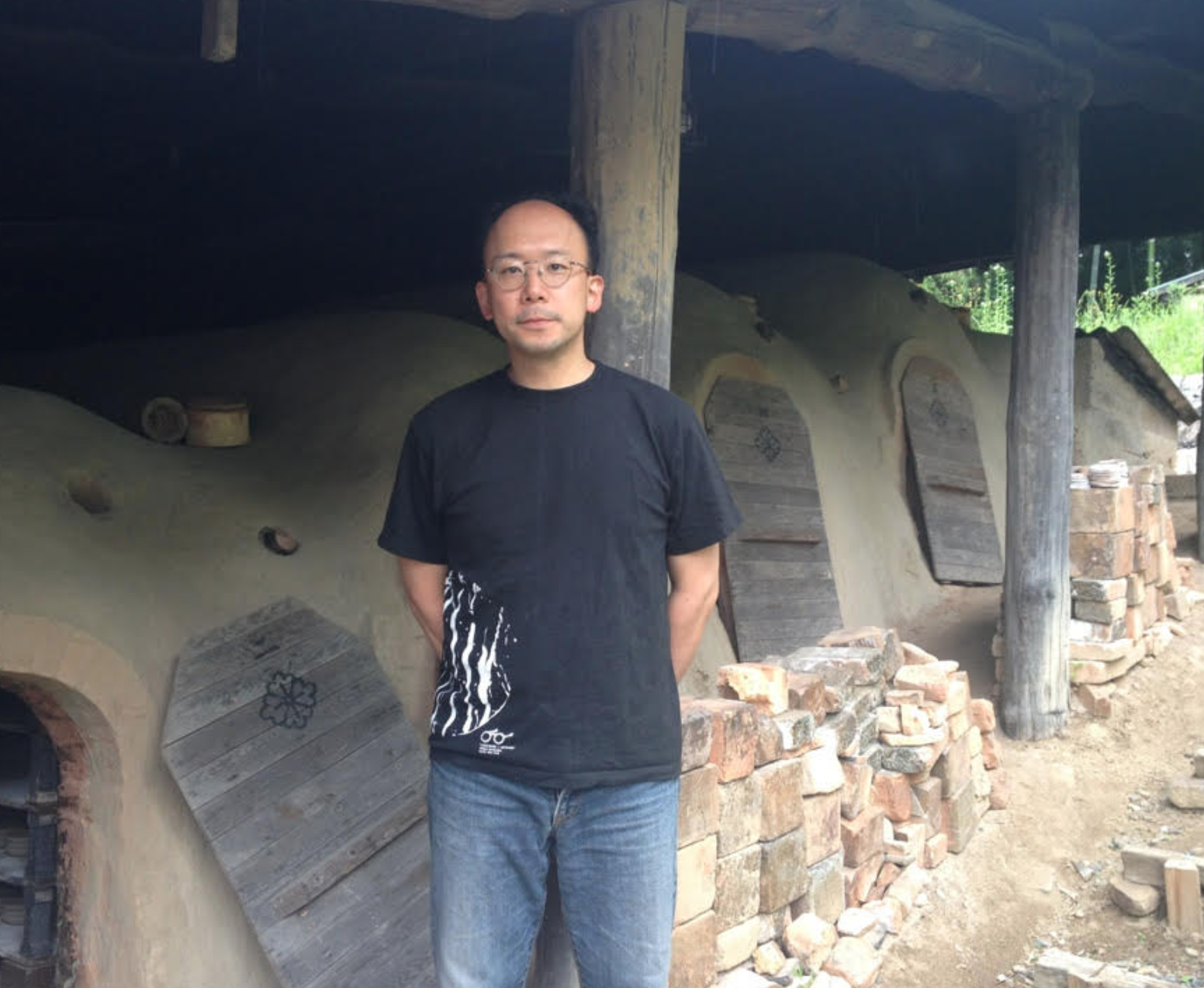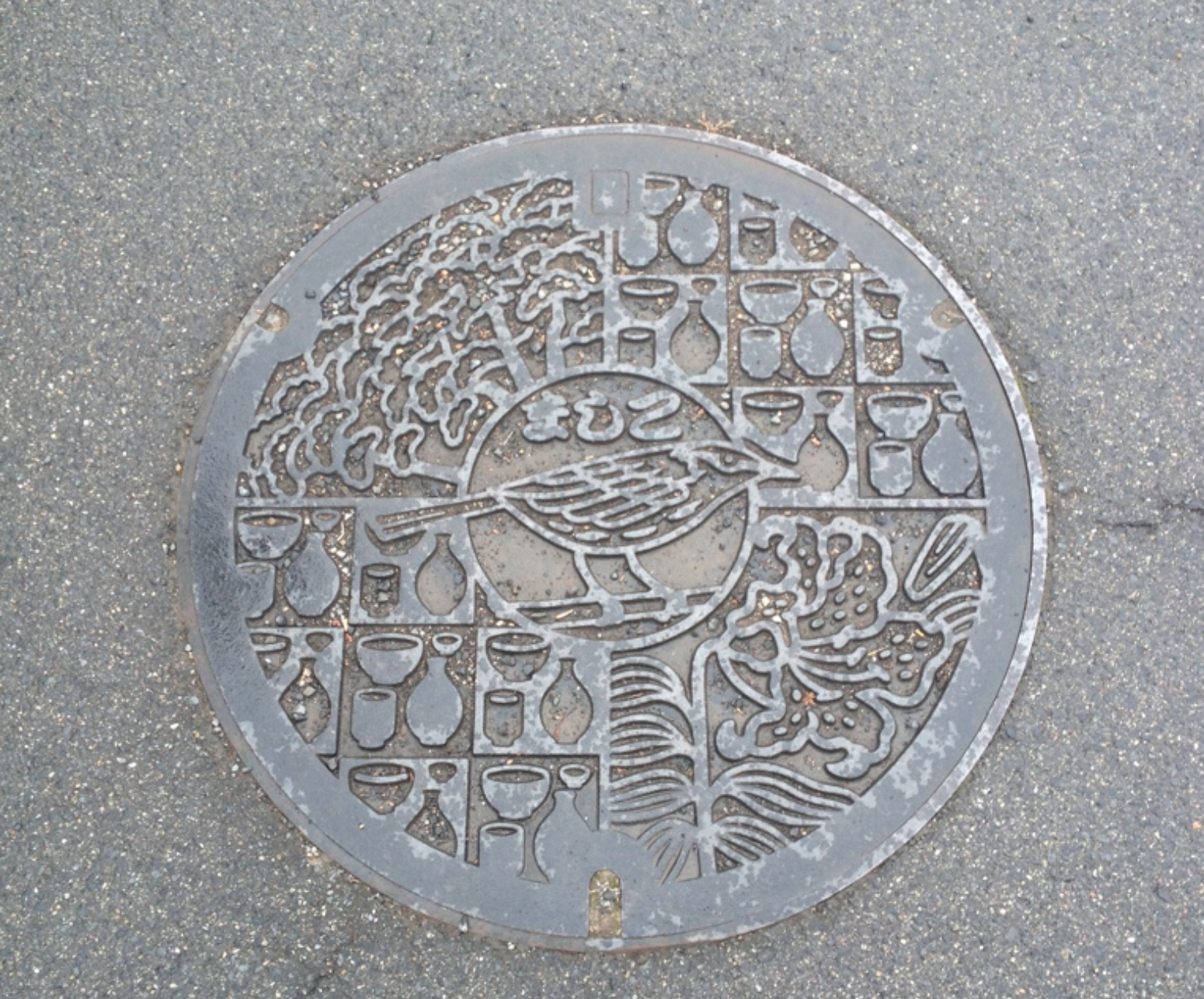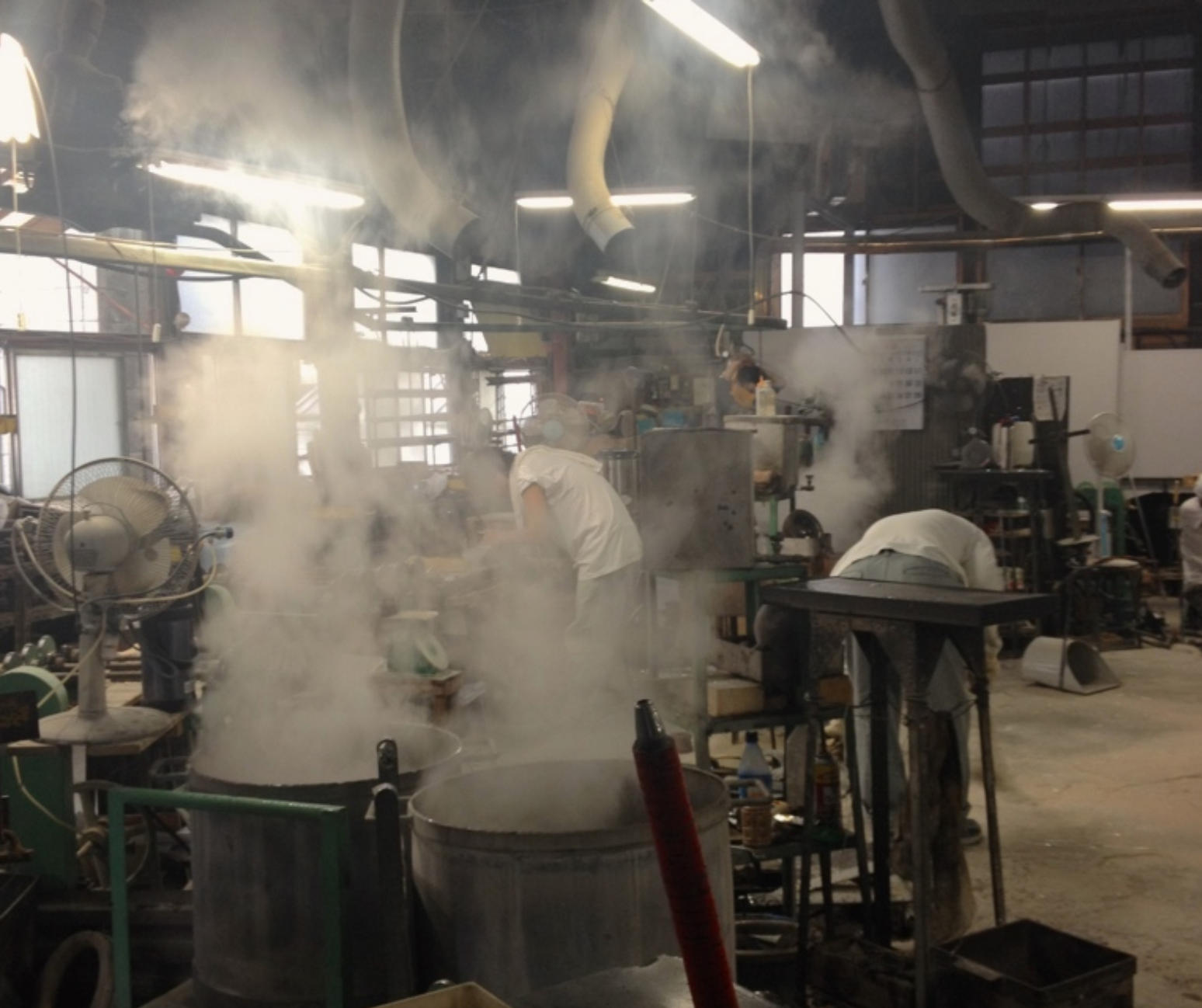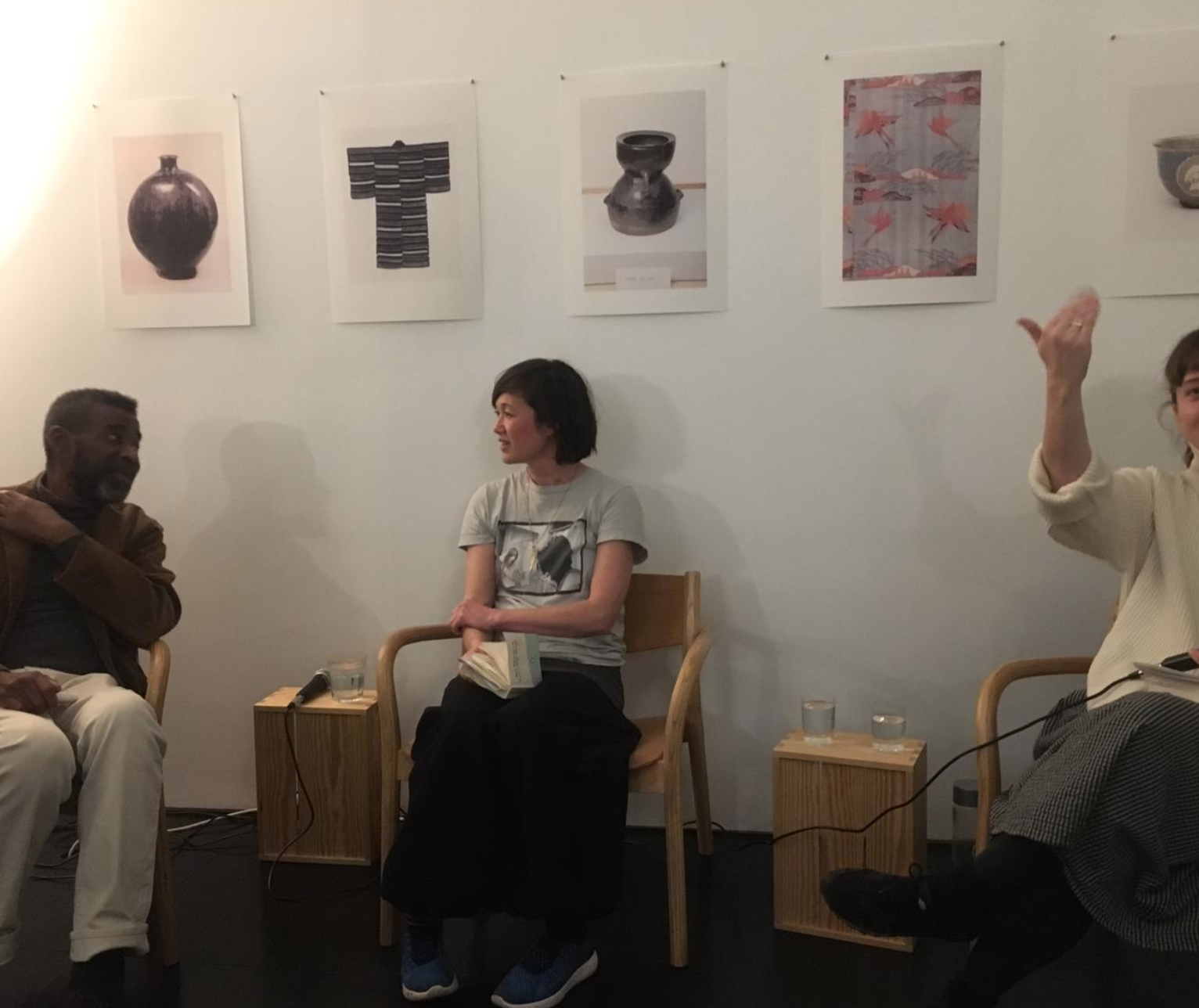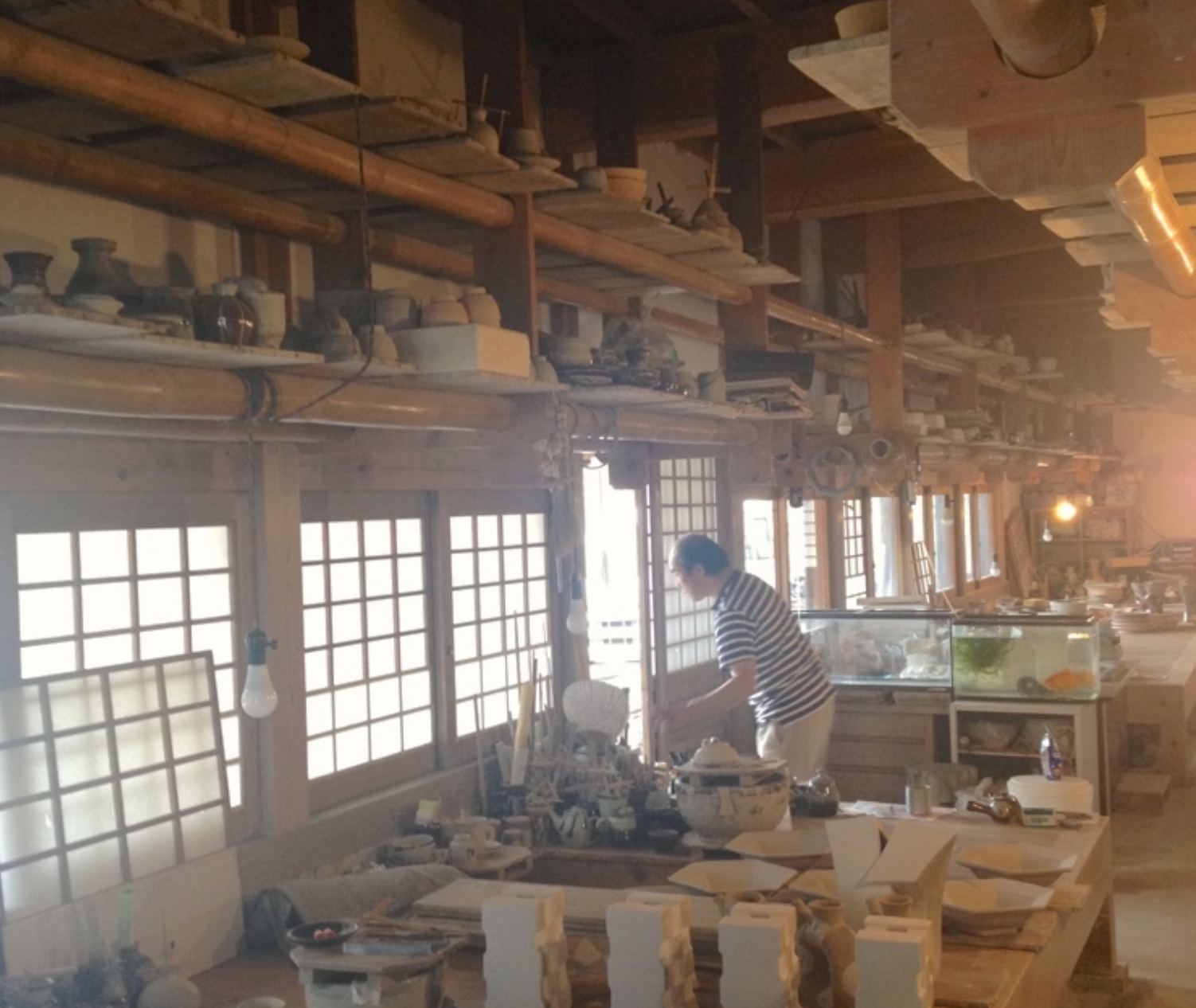The Beauty of Everyday Things, by Soetsu Yanagi.
A new translation of Soetsu Yanagi’s selected essays has recently been published and I was asked by Chloe Currens, an editor at Penguin Press, about Yanagi and how his ideas influence my work. Also on the panel was Terry Ellis, a renowned collector and admirer of Mingei crafts. This book is sympathetically translated by Michael Brase and reads very well.
The Beauty of Everyday Things, by Soetsu Yanagi.
Q: Your relationship to Yanagi, his work and thought; how you first encountered him and his influence on your work today
I came across Soetsu Yanagi through The Unknown Craftsman, a translation by the renowned potter, Bernard Leach (with a little help, I believe). This book inspired me to curate with Sheridan Coakley, the exhibition Simplified Beauty at SCP in 2014. We wanted to bring to England wares from Japan that we thought were good examples of Yanagi’s philosophies, including contemporary makers such as Ishinomaki Laboratory alongside Mashiko potteries that are traditionally associated with Mingei crafts. For this exhibition we visited Mashiko to see Hamada’s kama (family kiln). I remember being in that environment, in the countryside, far from the cities, feeling what Hamada and Yanagi were alluding to as a feeling, not so much an intellectual sense. We met with Tomoo, Hamada’s grandson and I asked him about how Shoji Hamada, like the unknown craftspeople, never signed his pots, or backstamped as is customary in UK. He explained that each object has its own character in its own right, “It’s like signing your face, you wouldn’t do it would you?”. That really stuck with me and ever since I’ve been having an internal debate as to whether to stamp or not to stamp. I’ve been chastised whenever I’ve left my wares unmarked – it seems to devalue the pieces in most people eyes.
I decorate on-to pots that have largely been crafted by the skilled and practiced hands of Stoke-on-Trent. Yanagi’s ideas and principles are a real influence because it forces me to question every detail of my practice. Though I can’t say my practice comes even close to his ideals. Unlike work by industrial designers such as his late son, Sori Yanagi, or Naoto Fukusawa who runs Mingei-kan in Tokyo now, or Jasper Morrison who seems to naturally create along his principles. What I do have in common I think, is my complete respect and admiration for the makers who day after day, create hundreds of items, especially those in Stoke-on-Trent. Like Andrea, with 27 practiced years who sponge and fettle hundreds of pots, day after day. It’s not for me to glorify their situation, but I genuinely think they are beautiful. Yanagi’s words particularly resonate with makers as he tends to put into words what a lot of makers intuit in their hands and mind, when they’re just in it, the act of making. Whether it’s a pot, or writing, or making a really good cup of tea.
Q: Japanese aesthetics and philosophy, particularly the centrality of wabi-sabi – how it informs your practice
These ideas are close to my heart. The world is not made of spheres and perfect cubes but pitted, pot marked and irregular. And I thought Yanagi had a beautiful way of explaining it – the art of odd numbers. He said, ‘No other country has pursued the art of imperfection as eaglerly as Japan.’ He called Greek perfection the art of even numbers. Wabi-sabi means to me that you keep your mind, eye and ear attuned to beauty wherever you see it, as the truest beauty might be where you would least expect it. When I visited a restaurant in my home town in Fukushima prefecture, the chef told me he had about £70,000 worth of tableware damaged in the major earthquake the previous year. But one dish after another during my meal ; had been mended using Kintsugi techniques, repaired with lacquer and gold. It adds a story, character and a depth to objects. And I think most of us can relate to these broken and mended pots. As beings we’re also far from perfect but there’s a beauty in that.
In my own practice, I push the layering of glazes as I’m intrigued by the patterns created by them. But I layer and fire them to a point where a lot of glazes flow onto the kiln furniture and I have to prise them off. Seeing these shards, the pure white bone china body cloaked in thick glaze is beautiful and I can’t quite make myself throw them away. So I repair many of these. Wabi-sabi is actually a very simple concept and it’s anything but high brow. You can see it everywhere, on the pavement, on the bark of a tree. It’s a beauty that’s available to all.
Q: The importance of place in making meaningful, durable craft objects.
In Japan, you have this strong idea and sense of Sanchi 産地 – a place of making using local materials and local skills. There are many such places in Japan specialising in different things. Many years ago I saw some beautifully fine and thin glasses – Shotoku Glass – and was moved to get in touch with the producers to try and introduce these items to England. I got in touch with them and the creative director there replied and said, sorry but no. I persisted a little and visited them, and when he found out that I had gone to live in Stoke-on-Trent, to the sanchi of British potteries, it was a different story. It was the respect we have for the place of making and of makers that linked us together. He also has a lovely saying, 物作りの仲間-mono zukuri no nakama – the friendship of makers.
In Japan, it’s the local skills, and locally sourced raw materials that dictates the objects. Yanagi explains this as a pre-requisite for making meaningful craft objects. But for me, what struck me in Yanagi’s essays were the women or men together making, as a community coming together and making. The same is true in Stoke-on-Trent. Meaningful craft to me is about the people and the community of skills. These people essentially respect the materials, without waste and only good can come out of that.
You can see our previous blog post about Reikos visit to Japan here. And order your copy of Soetsu Yanagi’s book here.

